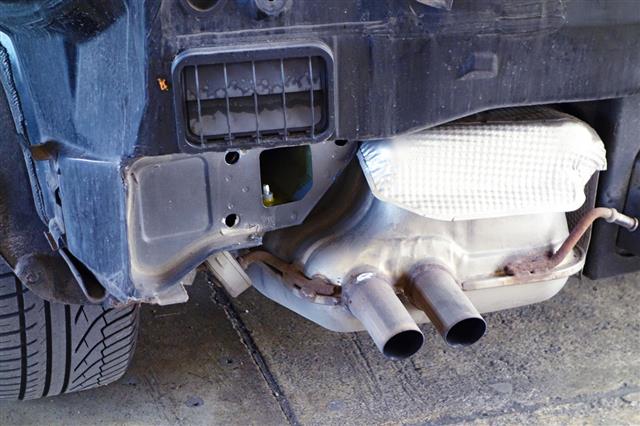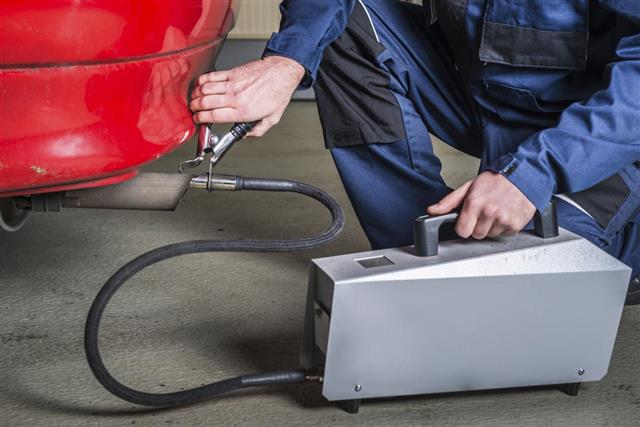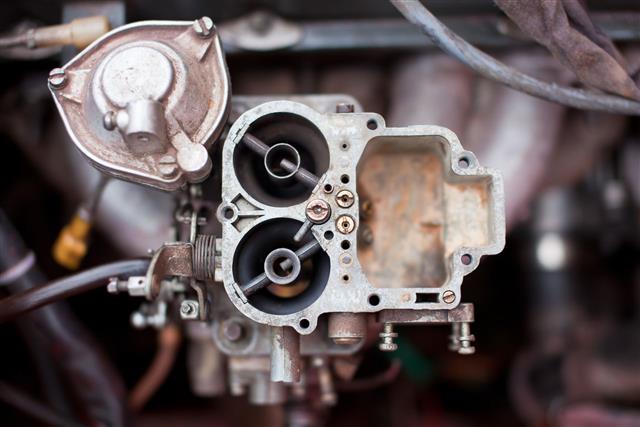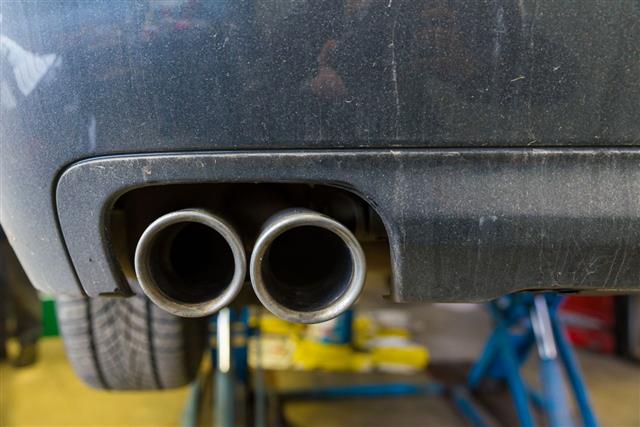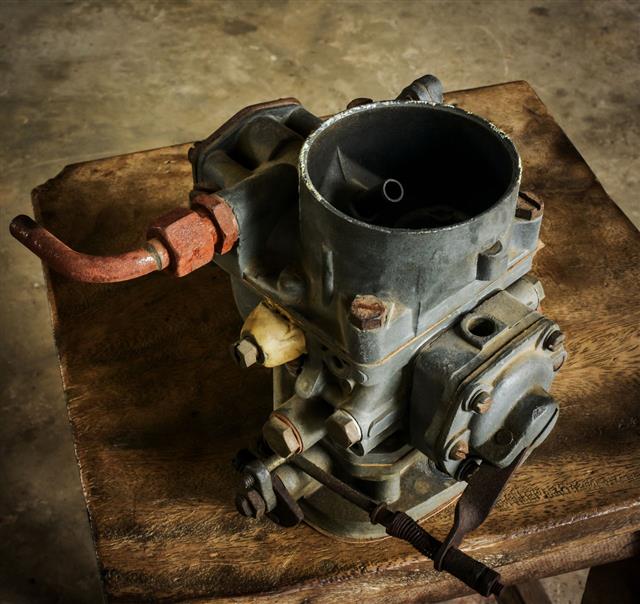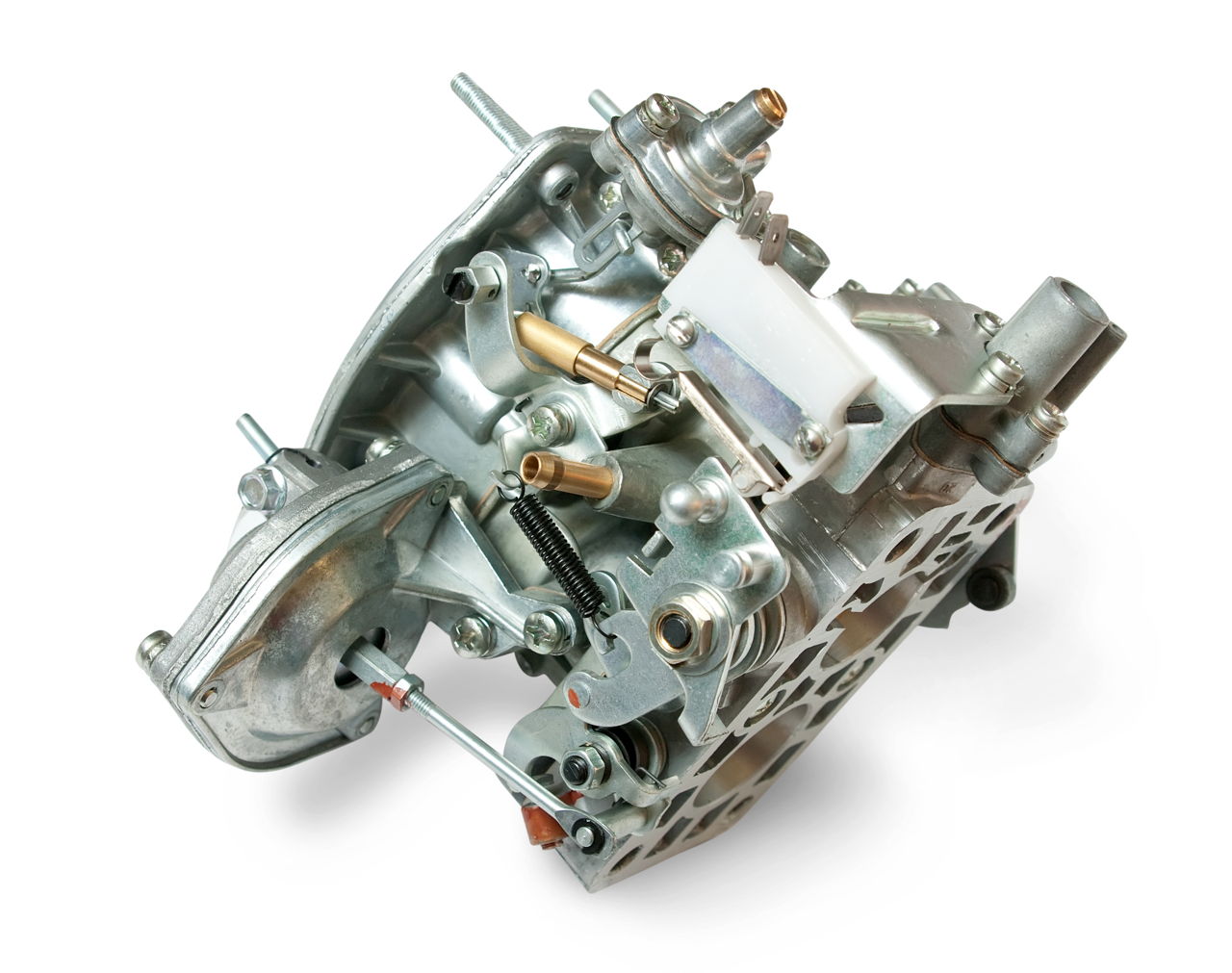
If you suspect an exhaust gas recirculation (EGR) valve failure, one way of confirming it is to look for some indirect symptoms. In this WheelZine article, we have listed some of the prime symptoms of a bad EGR valve that you should be watching out for.
Modern cars are designed to reduce emissions of polluting gases, which include carbon monoxide (CO), carbon dioxide (CO2), and oxides of nitrogen (NOx) that are formed as a result of incomplete fuel combustion. One such mechanism, specifically aimed at reducing the emission of nitrogen oxides, is the Exhaust Gas Recirculation (EGR) mechanism. An EGR valve has some important roles to perform in a car, and its failure can have a drastic effect on the functioning of an engine.
Some older systems use vacuum-regulated EGR valve, while the newer vehicles have electronic EGR valves. So, before it gets too late, it’s better to be safe than sorry! Identify the symptoms and get the faults rectified for smoother functioning of your car.
Function of an EGR Valve
Understanding the function and operation of the EGR valve in a car will help you diagnose the problem in a better way. At higher RPMs, when the engine registers a substantial rise in temperature, nitrogen mixed in the air-fuel mixture combines with oxygen to create highly toxic nitrogen oxide gases, which are emitted through the exhaust. Since nitrogen is a dominant component of our atmosphere, the only way of preventing the synthesis of these gases is to keep the combustion temperature down. The EGR mechanism serves this objective by lowering the temperature or cooling the air-fuel mixture by the influx of a fraction of exhaust gases back into the engine combustion chamber.
Through a vacuum-controlled valve mechanism is activated by a temperature sensor, the valve directs gases from the exhaust manifold into the engine chamber, creating a lean mixture and reducing temperature when the engine is functioning at high RPM. It closes the exhaust gas intake as soon as the temperature drops and the engine switches over to low RPM speeds. Due to particulate carbon blocking or mechanical failure, the valve may stop functioning, resulting in bizarre performance of the engine.
Signs of a Bad EGR Valve
When the EGR valve stops functioning, the efficiency of an engine deteriorates. Here are the four prime symptoms that directly indicate an EGR valve failure.
Rough Idling
If the EGR valve mechanism stops functioning and stays open when the engine is at low RPM and idling, the influx of exhaust gases will cause the engine to misfire or idle very roughly, as opposed to smooth idling, which is an indicator of a healthy engine.
Fuel Detonation Noise
If the EGR valve stops functioning and stays closed when it should remain open during high RPM, the temperature in the combustion chamber rises due to the absence of the exhaust gas cooling effect. As the temperature rises, the production of nitrogen compounds is initiated, and it further leads to detonation, which means direct burning of fuel without ignition. All this leads to a detonation knocking sound or noise emitting from the engine.
Spike in Emission of NOx Gases
Another indication of a faulty EGR valve is a pronounced spike in the emission of NOx gases. A test of the exhaust emissions can reveal this symptom quite clearly.
Stuck Plunger
The plunger in the valves opens or closes with the help of a steel shaft. Observe it when you accelerate your car. If the plunger remains open or closed, then the valve is probably faulty. They contain a typical spring that causes the plunger to return to its close position. If the spring is weak, then the valve may not close or open properly and may require a replacement.
Diagnostic Codes
All vehicles these days come with diagnostic codes that trigger if the engines starts detonating, misfiring, pinging, or knocking. Different car manufacturers have different designs for EGR valves. In newer cars, the trouble codes are often fed into the memory chip, and prompt a ‘check engine’ light on the dash whenever it detects a problem. You can refer to your car manual for the codes, or consult your respective car repair centers.
Overall Erratic Engine Functioning
As an end product of all the above complications, the engine demonstrates erratic behavior causing a drop in its efficiency. If your car is showing any one of the above symptoms, you may either have to clean or replace the valve to restore normalcy.
The most noticeable symptom is the spark knocking caused by detonation of the fuel within the combustion chamber. If you hear your engine knocking and the car goes through a rough idling, it’s imperative that you get the EGR valve tested from a car repair center as soon as possible. Prolonged ignorance of these symptoms may ultimately result into further damage for the car engine due to frequent spark knocking. In such a case, prompt replacement of the valve might be the only way out. Make sure that you include an EGR valve check in your routine car maintenance schedule to prevent a recurrence of the problems.
